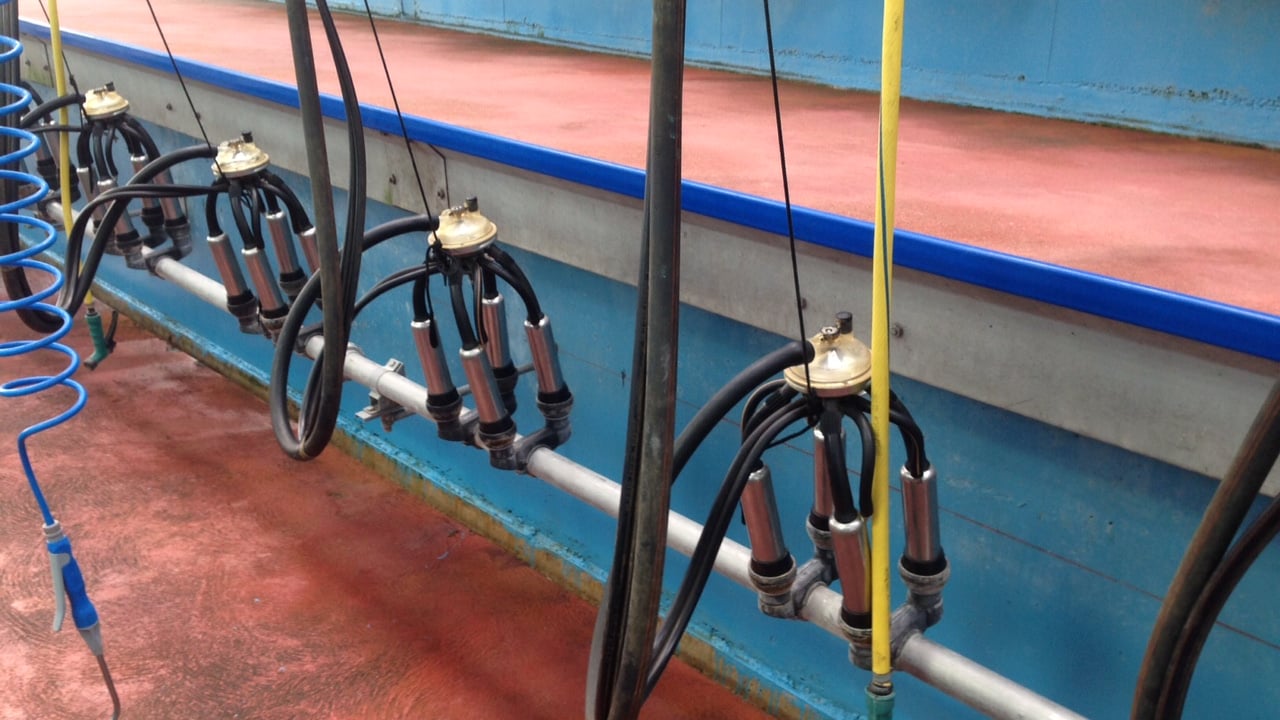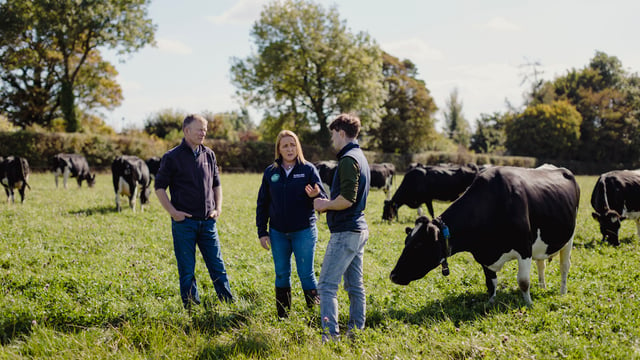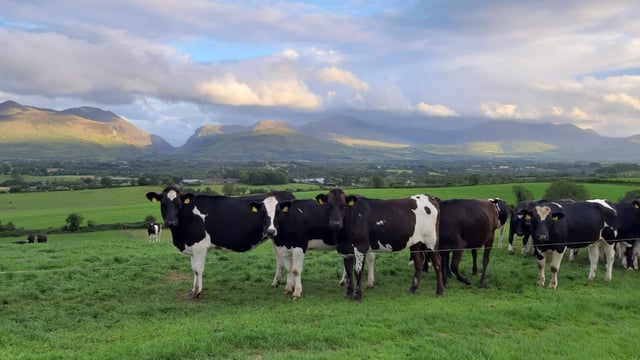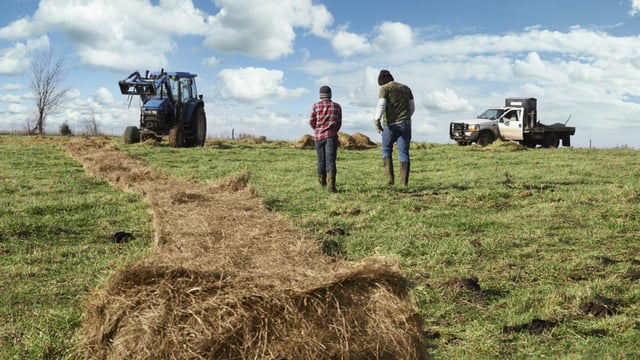Dairy advice: Get a milk recording done early this spring
Milk recording is seen as one of the most important tasks to be carried out on any dairy farm, even though there is still a large number of farms not regularly completing one.
The amount of data that can be pulled from a milk recording is fundamental when it comes to breeding decisions, culling decisions, antibiotic usage, and general health and welfare indicators.
When it comes to milk recording, it is never too late to start recording and as the saying goes, 'you can't improve what you don't measure'.
By carrying out a number of milk recordings throughout a year, farmers can improve milk solids, lower their somatic cell count (SCC) and have better heifers coming through as replacements.
With regulations changing the way antibiotics are used on farms, a focus needs to be placed on understanding and controlling cell counts in your herd.
Recording your milk can quite often be seen as a costly action (about €12/cow/year), and can disrupt the milking routine when time and labour may be short, but the benefits of it speak for themselves.
Milk recording
Although many herds have yet to start calving, booking in an early milk recording – around 60 days after the first cow has calved – is an important step in understanding cell counts on your farm.
It might be the busiest time of the year, but farmers should not wait until every cow on the farm has calved before undergoing their first herd test.
Farmers will be provided with valuable information in the early lactation milk recording which will give a strong indication on how the dry period went.
Cure rates and new infections will also be captured in the milk recording in the first 60 days after calving along with information on transition cow management.
Animal Health Ireland advises farmers to undergo six milk recording, as follows:
- Two milk recordings to evaluate the dry cow management;
- Two recordings to improve milk quality;
- Two recordings to safely dry off the cows.
An early milk recording is crucial for farmers to start creating their breeding programmes as in most herds, dairy sexed semen straws are being used on the top performing cows, and then beef sires for the remaining.
Most farmers are now only breeding the number of replacements they need for the farm with very little breeding excess heifers.
You should be breeding replacements from only the best cows in the herd to obtain the quickest increases in genetic gain.
High dairy beef index (DBI) bulls that are well balanced for calving difficulty and carcass weight are advised for the remaining herd – to ensure that a good quality dairy beef calf is being produced.
SCC
Regular recording will allow for constant tracking of SCC of each cow, will also identify repeat offenders and could decrease the herd's SCC and improve milk price.
The farm summary after each recording highlights the areas of excellence in terms of mastitis control and the areas that can be improved.
It also adds up the daily loss occurring due to these high SCC cows, giving a clear indication of what can be gained financially from preventing infection.
You must act on the information that you get from the milk recording. Cows that have had cell count issues during the last lactation and that remain high during this lactation need to be culled.
You need to protect the uninfected cows within the herd and prevent the spread of infection.
Cost effective pregnancy diagnosis is now possible through milk samples. This service can indicate whether or not a cow is in calf at a reasonable cost, without having to handle and scan cows.











